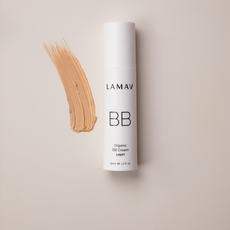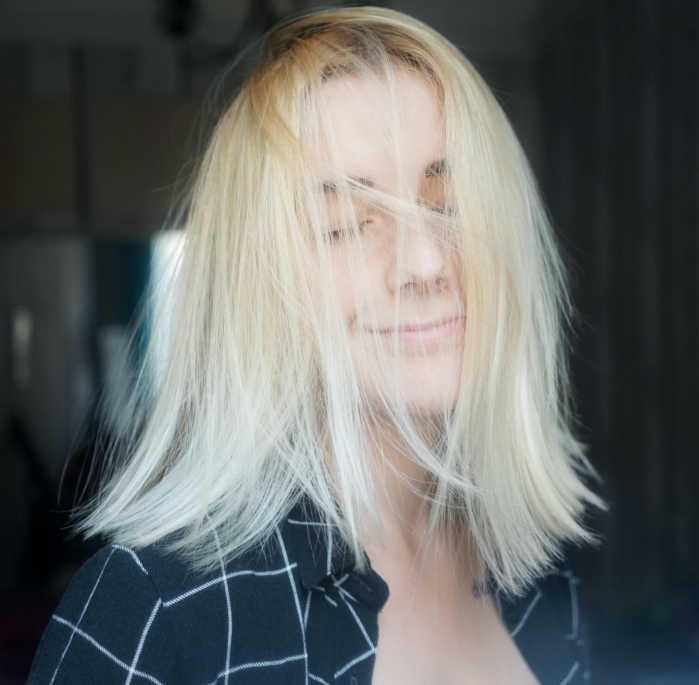3 Harmful Chemicals to Avoid in Hair Products
Yes, I admit it. I am a hair care junkie. People may think I am obsessed with skincare, but the truth is when it comes to products for my golden locks things get out of control. There was a moment in my life when I had so many hair care products that I could open my hair salon (I am not exaggerating, believe me). A huge variety of shampoos, leave-on treatments, hair sprays, masks, serums, straightening balms, curling mists, volume powders – I don’t even remember all the stuff that I had. When I started my Master in Medicinal chemistry I was very passionate about one particular course – Chemicals in Personal Care Products. I admit that I learned a lot from our professor but I also did my research and I don’t regret it.
Here is some “intriguing” info about 3 widely used chemicals in hair care products, that made me throw away half of the masks, serums, and mists that I was using at that time.
Behentrimonium chloride
If you have more than 5 hair masks/conditioners at home (that are not organic, of course) take 3 of them and take a look at the labels. Chances are you’ll find Behentrimonium chloride listed among the first ingredients. Behentrimonium chloride (also known as docosyltrimethylammonium chloride or BTAC-228) is a waxy-like substance that works as a de-frizzer and conditioning agent. It is the manufacturer’s favorite because it keeps your locks frizz-free and makes them manageable and soft. Behentrimonium chloride is considered toxic in concentrations of 0.1% and higher and is suspected to cause skin and eye irritations. Though some claim there is not enough evidence supporting this theory, for me the European laws say it all:
In Europe, the amount of Behentrimonium chloride allowed in rinse-off and leave-on products shouldn’t exceed a certain percentage (rinse-off hair care products up to 5.0% & leave-on hair products up to 3.0%.).
If this compound wasn’t potentially dangerous, then most probably no one would have set these regulatory requirements, right?
PEG 150 Distearate
Like most PEG’s (polyethylene glycols), this one serves primarily as an emulsifier and thickener. Though PEG 150 Distearate has a high molecular weight, which makes it unlikely to penetrate the skin barrier, it is suspected to contain traces of harmful impurities like Ethylene Oxide (mutagen which increases the risk of cancer; neurotoxin and skin irritant) and 1,4-Dioxane (cancerogenic compound, often found as a contaminant in various personal care product available on the market). Apart from that, when heated, PEG 150 produces vapors that can cause dizziness, nausea, and eye irritation. If traces of PEG 150 are left on your hair and you use a flat iron after a bath, do the math – slow poisoning over a long period.
Silicones & Dimethicones
What not to love about silicones and silicone-based polymers, like dimethicones? They make your hair shine, baby soft to the touch, manageable, and healthy-looking (yes, even when it’s burnt after regular flat iron abuse and bleaching). Silicones are probably the most widely used ingredients in the hair care industry and can be found everywhere – starting from shampoos, going through masks/conditioners, and ending at serums for split ends/damaged hair. Similar to mineral oil used in the manufacturing of skincare, silicones coat the hair fiber, helping it retain moisture. Besides that, they “glue” the hair cuticles, making the surface of the hair smoother.
Smoother hair reflects more light and appears shiny and healthy. And we all want to be blinding, don’t we? Enough with the benefits, let’s talk about the not-so-bright-and-shiny side of the silicones. While silicones are considered relatively safe, some of them, being not water-soluble, build up, and do not allow your scalp to breathe. They can also clog the hair follicles, stopping the process of normal hair growth. Accumulation of silicones can weigh down your hair making it appear greasy and lifeless. Apart from these aesthetic problems that can occur with regular use, few people know that when heated, silicones (in particular Cyclopentasiloxane) release formaldehyde, which causes breathing problems, skin, and eye irritation, nausea, and headaches. And believe me, your heat-protectant spray contains at least one type of silicone. You can check.
What did I do after finding out all these “hidden benefits” of my favorite hair care products? Well, I did some more research and I found that there are safer, greener, and even cheaper alternatives that perform just as well (tested and proven to work!).
Natural Hair Care Alternatives
Jojoba Oil
Thanks to its waxy-like properties, jojoba oil forms a thin protective layer around the hair strand, that keeps the water locked in, making your locks look hydrated and healthy. I use it like leave-on treatment/serum and my hair has never been so shiny and manageable. Be careful with the quantity though and focus on the lengths of your hair, when applying. Jojoba oil is also famous for having a long-shelf-life (without nasty preservatives!) which makes it worth the money. If your scalp is too oily, you can try rebalancing it with weekly jojoba masks. Jojoba oil has a structure similar to the sebum your skin naturally produces. With regular use, I promise, you’ll see the difference!
Argan Oil
No wonder so many products available on the market have it on top of their ingredient lists. It makes hair softer and shinier, when used, both as pre-shower treatment and leave-on (especially if you have dry, coarse hair –this thing is ah-ma-zing!). It tames frizz, providing a silky smooth finish and glossy look. Thanks to the high content of vitamin E (a powerful antioxidant and nourishing agent), when applied directly on the scalp, Argan oil boosts the growth of healthy, strong hair. True miracle worker.
If you liked this post, let us know by sharing it!












